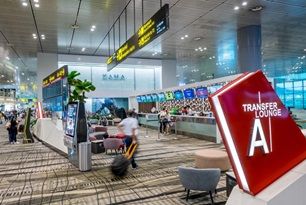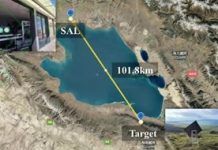Singapore Changi Airport (SIN) is seeking to improve its security screening process with a new trial that aims to make checks up to 50% more efficient. Changi Airport Group (CAG) is currently experimenting with using artificial intelligence (AI) and machine learning to enhance the speed and precision of security checks at Terminal 3 of Changi Airport.
Now, carry-on baggage screening technology depends on X-ray machines to produce two-dimensional (2D) images, which are then scrutinised by security personnel for prohibited items. However, the time-consuming nature of this process and the dependence on many moving parts have been subject to question in recent times. Security screening procedures generally require more staff than other security checkpoints within airports.
However, the need to ensure that no prohibited items – such as ammunition, sharp objects, and dangerous substances – are taken onboard flights means these X-ray machines have been deployed dutifully in airports worldwide.
The CAG team hopes the older security technology can be replaced with newer computed tomography X-ray capabilities, which are being trialled at Terminal 3. This new technology, called the Automated Prohibited Items Detection System (APIDS), provides high-quality three-dimensional (3D) images for analysis.
APIDS uses AI and machine learning algorithms to identify items that could be a security risk automatically. The system analyses a large amount of data to recognize patterns and anomalies, flagging items it has been trained to recognize. This leads to reduced human error and significantly reduced time required for security officers to process images.
Passengers can benefit from keeping electronic possessions, such as laptops, in their carry-on luggage during inspection. The 3D images generated by APIDS provide more information, leading to an enhanced security outcome.
The trial at Changi Airport (SIN) has yielded promising results thus far, and as the technology is honed, Changi will aim to expand its use across the airport. This will enable manpower to be redistributed across the airport and improve the speed of security checks by up to 50%.








